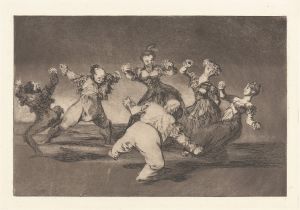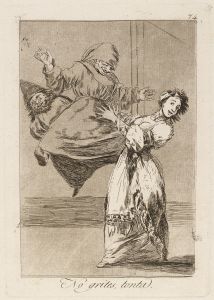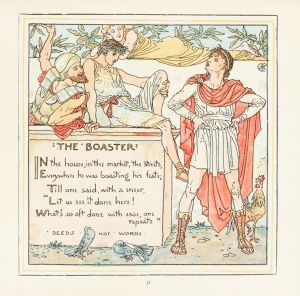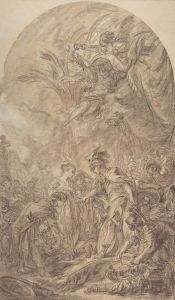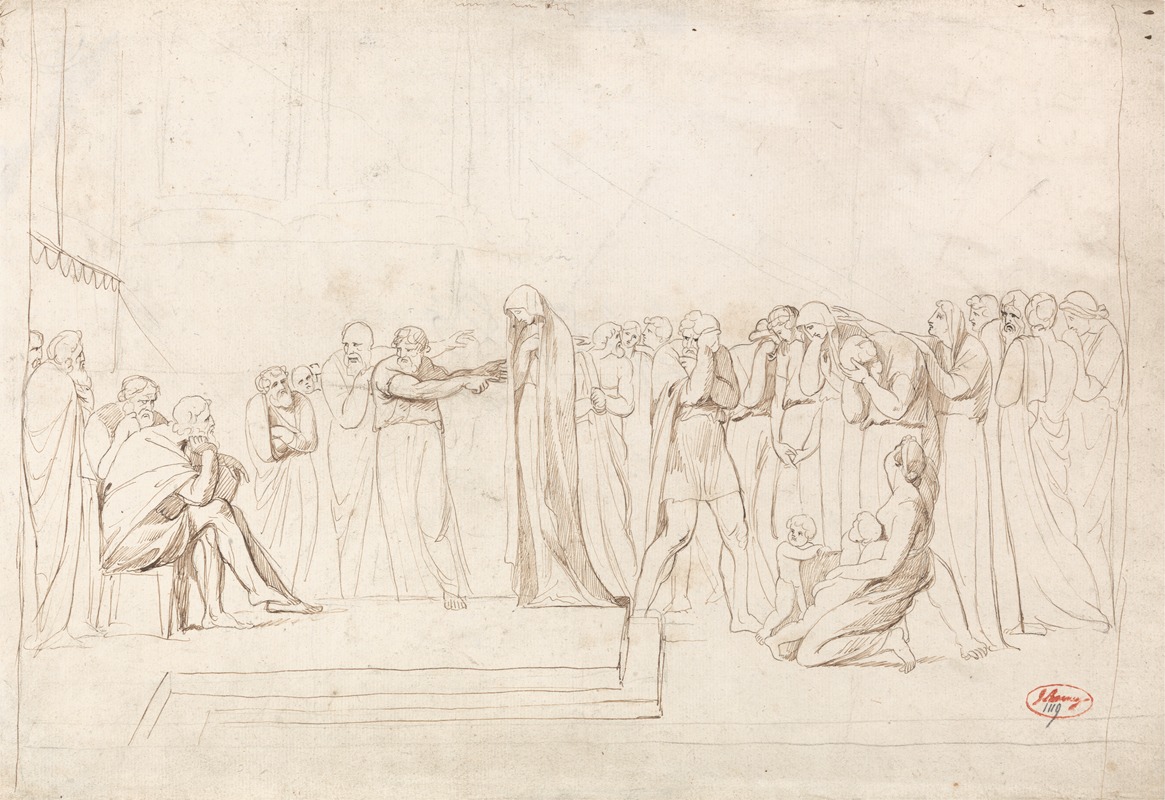
The Accusation of Susanna by the Elders
A hand-painted replica of George Romney’s masterpiece The Accusation of Susanna by the Elders, meticulously crafted by professional artists to capture the true essence of the original. Each piece is created with museum-quality canvas and rare mineral pigments, carefully painted by experienced artists with delicate brushstrokes and rich, layered colors to perfectly recreate the texture of the original artwork. Unlike machine-printed reproductions, this hand-painted version brings the painting to life, infused with the artist’s emotions and skill in every stroke. Whether for personal collection or home decoration, it instantly elevates the artistic atmosphere of any space.
George Romney's painting, "The Accusation of Susanna by the Elders," is an artwork inspired by the biblical story of Susanna, which is found in the Book of Daniel. This narrative has been a popular subject in art due to its dramatic and moral themes, focusing on virtue, justice, and the abuse of power.
George Romney (1734–1802) was a prominent English portrait painter, known for his vivid and expressive style. He was a contemporary of other notable artists such as Sir Joshua Reynolds and Thomas Gainsborough. While Romney is primarily celebrated for his portraits, he also explored historical and biblical themes, as demonstrated in "The Accusation of Susanna by the Elders."
The story of Susanna involves a virtuous and beautiful woman who is falsely accused of adultery by two elders. These elders, who were judges, attempted to coerce Susanna into a sexual encounter by threatening to testify that they had witnessed her committing adultery with a young man if she refused them. Susanna, valuing her integrity and faith, refused their advances and was subsequently brought to trial. During the trial, the young prophet Daniel intervened, cross-examining the elders separately and revealing inconsistencies in their testimonies. As a result, Susanna was exonerated, and the elders were punished for their deceit.
Romney's interpretation of this story captures the tension and drama of the moment when Susanna is accused. His composition likely emphasizes the emotional expressions and body language of the characters, a hallmark of Romney's style. Although specific details about the painting's composition and dimensions are not widely documented, Romney's works are known for their dynamic use of light and shadow, which would have enhanced the dramatic effect of this narrative scene.
The painting reflects the 18th-century interest in moral and didactic subjects, often depicted through historical or biblical narratives. Artists of this period frequently used such stories to comment on contemporary social issues, such as justice and the misuse of power, which remain relevant themes today.
While "The Accusation of Susanna by the Elders" is not as widely recognized as some of Romney's portraits, it contributes to the broader understanding of his oeuvre and the thematic diversity of his work. Romney's ability to convey complex narratives through his art demonstrates his skill not only as a portraitist but also as a storyteller.
In summary, George Romney's "The Accusation of Susanna by the Elders" is a significant work that showcases the artist's engagement with biblical themes and his capacity to depict human emotion and moral conflict. The painting serves as an example of 18th-century art's engagement with timeless narratives, reflecting both the artistic and cultural values of the period.





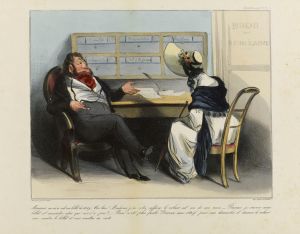
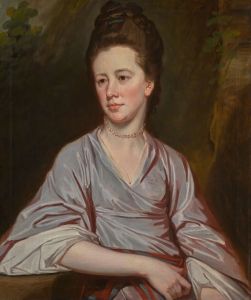

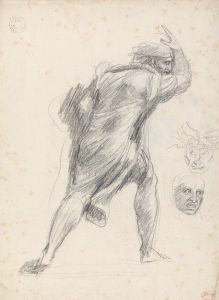
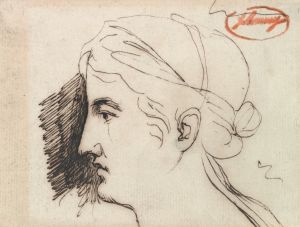
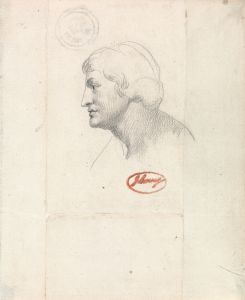
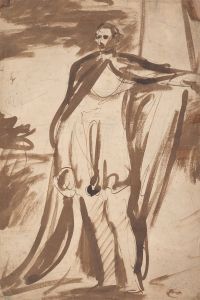
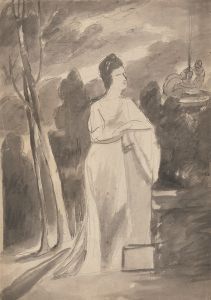
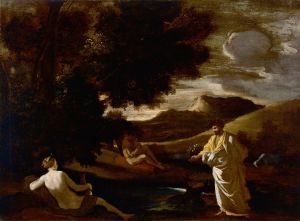
![After Vice Comes Fornication [Simpleton]](/imgs/264583/s/francisco-de-goya-after-vice-comes-fornication-simpleton-880a5769.jpg)
